I have been using arc4random() and arc4random_uniform() and I always had the feeling that they wasn't exactly random, for example, I was randomly choosing values from an Array but often the values that came out were the same when I generated them multiple times in a row, so today I thought that I would use an Xcode playground to see how these functions are behaving, so I first tests arc4random_uniform to generate a number between 0 and 4, so I used this algorithm :
import Cocoa
var number = 0
for i in 1...20 {
number = Int(arc4random_uniform(5))
}
And I ran it several times, and here is how to values are evolving most of the time :


So as you can see the values are increasing and decreasing repeatedly, and once the values are at the maximum/minimum, they often stay at it during a certain time (see the first screenshot at the 5th step, the value stays at 3 during 6 steps, the problem is that it isn't at all unusual, the function actually behaves in that way most of the time in my tests.
Now, if we look at arc4random(), it's basically the same :


So here are my questions :
- Why is this function behaving in this way ?
- How to make it more random ?
Thank you.
EDIT :
Finally, I made two experiments that were surprising, the first one with a real dice :

What surprised me is that I wouldn't have said that it was random, since I was seeing the same sort of pattern that as described as non-random for arc4random() & arc4random_uniform(), so as Jean-Baptiste Yunès pointed out, humans aren't good to see if a sequence of numbers is really random.
I also wanted to do a more "scientific" experiment, so I made this algorithm :
import Foundation
var appeared = [0,0,0,0,0,0,0,0,0,0,0]
var numberOfGenerations = 1000
for _ in 1...numberOfGenerations {
let randomNumber = Int(arc4random_uniform(11))
appeared[randomNumber]++
}
for (number,numberOfTimes) in enumerate(appeared) {
println("\(number) appeard \(numberOfTimes) times (\(Double(numberOfGenerations)/Double(numberOfTimes))%)")
}
To see how many times each number appeared, and effectively the numbers are randomly generated, for example, here is one output from the console :
0 appeared 99 times.
1 appeared 97 times.
2 appeared 78 times.
3 appeared 80 times.
4 appeared 87 times.
5 appeared 107 times.
6 appeared 86 times.
7 appeared 97 times.
8 appeared 100 times.
9 appeared 91 times.
10 appeared 78 times.
So it's definitely OK
EDIT #2 : I made again the dice experiment with more rolls, and it's still as surprising to me :
